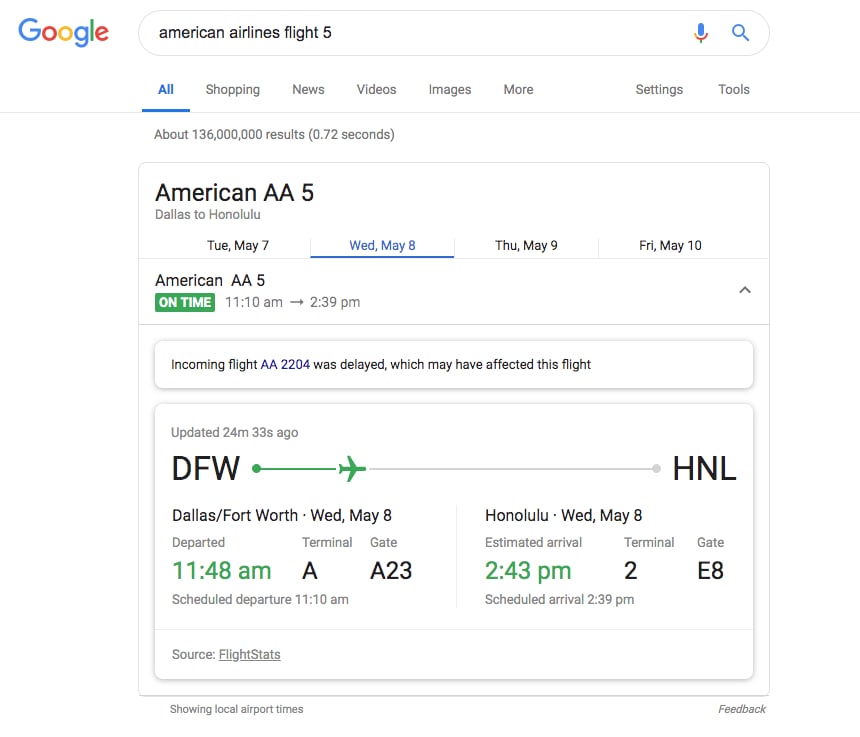
Cost control through efficient use of aircraft and employee time is another. Customer satisfaction is an obvious benefit-one airline found a 90% correlation with OTP. There are tangible and hidden benefits of good OTP. Setting the right target requires balancing the benefits of higher OTP with the costs necessary to deliver it. Some airlines seek too low a target others go too far and invest excessively to “buy” OTP, unnecessarily eroding the bottom line. Rather, it is about delivering against a target that takes into account the context of the airline’s cost structure, culture, geography, and competitive landscape. Good OTP management is not about achieving 100% punctuality.

The first step is making the system resilient to disruption the second is enabling an airline to catch up more quickly when disruption occurs. On the basis of our work with all types of airlines around the world-work that has helped clients achieve double-digit percentage point increases in OTP-we have developed a strong point of view and a twofold approach. And while perfection may be impossible, substantial improvement is mostly a matter of taking on the task. The precise nature of and reasons for OTP’s complexity differ for each type of airline-full-service legacy carriers (FSCs) and low-cost carriers (LCCs), multi- and single-hub airlines, and domestic (or regional) and international carriers.īut the challenges of complexity and difficulty pale beside the benefits of getting OTP right and the high costs-financial, operational, cultural, and reputational-of enduring ongoing problems. OTP is also affected by decisions made in multiple areas, including fleet size and composition, flight crew composition, and flight turnaround times. In addition to sheer complexity, many of the factors affecting OTP lie beyond a company’s influence, such as weather and air traffic control.
Ontime flight information how to#
And when things go wrong, as they inevitably do, OTP hits costs, profits, customer experience, and employee morale hard.Īirlines have a tough time getting their arms around OTP and how to manage it-with good reason. Good OTP requires many people and functions to perform well together-consistently and over time. No other aspect of an airline’s operations has as broad or as deep an impact on the entire organization. Shaving one minute off the time each aircraft is on the ground between flights can save $5 million to $10 million a year in freed aircraft time and hidden costs across the operation. At some highly congested airports in Europe, OTP falls below 30% by end of day. Delay minutes double, on average, by end of day, one reason US domestic flights are about 80% on time at 6:00 a.m.

In the airline business, one late aircraft early in the morning can lead to more than 70 delayed planes later in the day. Sometimes it pays to sweat the small stuff.



 0 kommentar(er)
0 kommentar(er)
